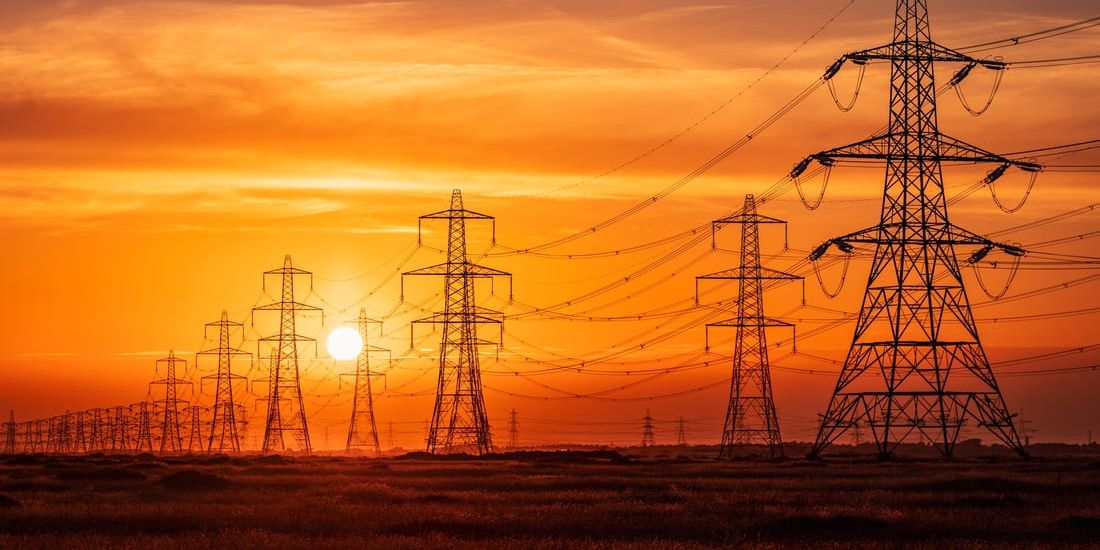
Nvalue’s position regarding the Scope 2 Technical Working Group Progress Update
We read with interest the update published by the GHGP on the 11th of June 2025 regarding the progress of the Scope 2 standards revision. We’d like to offer some points for consideration concerning the following paragraphs.
“For example, consider a company that purchases enough renewable energy certificates (RECs) from a solar project in a different region, one not connected to the electricity grid where the company operates, to match all its annual electricity use. Under the current Scope 2 Guidance, this company could report that it is powered 100% by renewable energy from that solar project. But this can misrepresent how and where electricity is actually used. Electricity must be produced and consumed at the same time and within the same grid system, unless storage is involved. So, if a company uses electricity at night in one region, it cannot plausibly be using solar power generated during the day in another, unconnected region. This mismatch in time and place weakens the accuracy and credibility of reported emissions data and makes it harder to compare inventories across organizations. “ […]
“This new impact-based metric, Marginal Emissions Impact, is designed to reflect how much a clean energy purchase displaces fossil fuel emissions on the grid. For example, imagine a company in one part of Europe purchasing solar energy from another region within the continent. Under current practices, that company may be able to count the purchase toward its scope 2 inventory even if the electricity isn’t used at the same time or isn’t deliverable to their facilities. Under the proposed revisions, that purchase would no longer count toward their scope 2 emissions total because it doesn’t match when or where the electricity is used.“
1. On the Credibility and Functioning of the REC System
We agree that for the credibility of the Renewable Energy Certificate (REC) system, the point of electricity injection and withdrawal must be interconnected and part of the same electrical grid. However, demanding that electricity be produced and consumed simultaneously is, in our opinion, an incorrect interpretation of how the electricity market functions. The electricity grid requires a constant balance between supply and demand; without it, blackouts would occur. Once electricity enters the grid, it cannot be controlled or individually traced to its origin. Therefore, unless an industry is physically located between a renewable power plant and the electric grid, it is currently impossible to ascertain which power plant an industry is consuming electricity from at any given moment. For this reason, Guarantees of Origin (GOs) currently certify virtuous consumption behaviour, even if the underlying electricity is likely consumed by another market participant. If electricity is injected and withdrawn from the same interconnected grid (as in the European Union), the current book-and-claim GO system already allows for free choice as the electronic certificates carries the information needed to express that choice: whether to account for consumption annually or more granularly by choosing full off-takes from renewable plants, or by purchasing monthly, weekly, or even daily profiles of GOs.
2. The Challenges of Mandatory Hourly Matching
Forcing hourly matching could severely compromise some companies’ ability to maintain their commitments to renewable electricity consumption. This is primarily due to two critical aspects:
- Price Volatility and Scarcity: Certain hours will record extremely high prices or see zero availability of EACs due to scarcity, resulting in market dynamics that would excessively and unreasonably remunerate the holders of those EACs, who are not necessarily the producers. Speculative dynamics would be triggered, that would risk damaging the credibility of the system and the will of consumers.
- Infrastructural Complexity: to date there are still many who use excel to count electricity consumption and even to manage the electricity labelling. Hourly matching would bring the degree of complexity to be managed to such a level as to require an investment in expensive CTRM systems, often provided by external service providers, thus adding the risk of depending on an external entity.
To illustrate these points, consider a large group of companies within the same sector with similar daily consumption profiles, all aiming for hourly renewable electricity consumption. If the renewable capacity in that country is limited during those specific hours, these companies would face prohibitively high procurement costs, contrasting sharply with lower costs for similar companies in a country with higher hourly renewable capacity; thus harming their competitiveness and taking away from them the instruments to play even. Furthermore, some companies may have invested in PV plants to hedge their electricity procurement costs. However, if their consumption profile does not match their plant’s production profile, these companies would be unable to optimize their procurement costs with adequate income from their photovoltaic plant.
These examples are not exhaustive and are somewhat simplified, but their purpose is to explain that certain market dynamics might not have been adequately considered. Imposing an hourly matching obligation could lead to unintended consequences, potentially disincentivizing renewable electricity consumption in favour of, for example, nuclear power.
In our opinion, a much more pressing and easier-to-implement aspect would be the introduction of an annual matching obligation, both at the level of the GHGP and the relevant European Directive. This would ensure that the rules of the game are consistent for both electricity labelling dynamics and the voluntary procurement of EACs.
